As farmers seek sustainable solutions to improve soil health and boost crop yields, Organic Fish Liquid Fertilizer has emerged as a powerful natural option. Derived from fish byproducts, this fertilizer offers a rich source of essential nutrients that promote plant growth while supporting environmentally friendly farming practices. Unlike synthetic fertilizers, organic fish liquid fertilizer nourishes crops holistically, improving soil health over time and contributing to sustainable agriculture.
This article explores the benefits, production process, and applications of organic fish liquid fertilizer, highlighting its role in feeding crops naturally while protecting the environment.
What is Organic Fish Liquid Fertilizer?
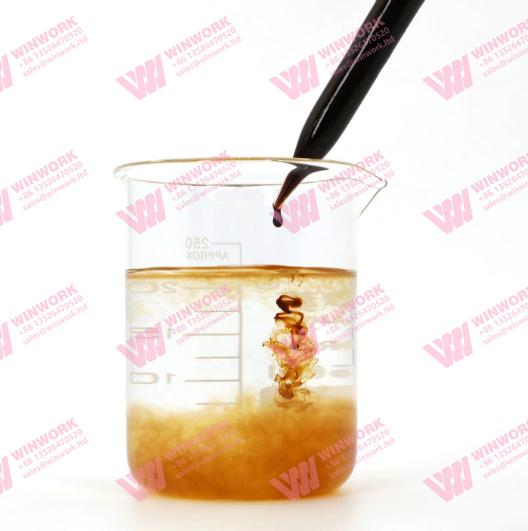
Organic fish liquid fertilizer is produced from fish byproducts, such as fish heads, bones, and viscera, which are often discarded by the seafood industry. Instead of letting these materials go to waste, they are processed into nutrient-rich fertilizer through natural fermentation or enzymatic digestion. This liquid fertilizer contains key nutrients such as nitrogen, phosphorus, potassium, and essential micronutrients, along with amino acids and organic matter that enhance soil structure and microbial activity.
The slow-release nature of organic fish liquid fertilizer ensures that nutrients are available to plants over an extended period, promoting long-term soil fertility and reducing the need for frequent applications.
Benefits of Organic Fish Liquid Fertilizer
Using organic fish liquid fertilizer offers multiple advantages for farmers, crops, and the environment. Here are some of the key benefits:
1. Nutrient-Rich Composition for Healthier Crops
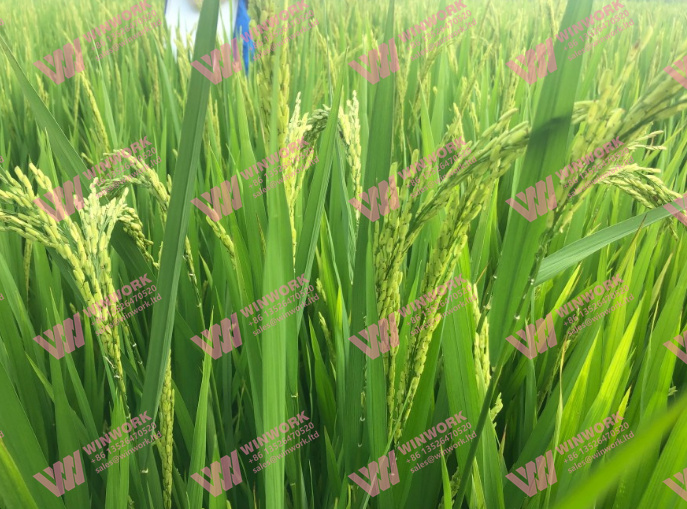
Organic fish liquid fertilizer provides a balanced combination of macronutrients—particularly nitrogen and phosphorus—essential for plant growth. Nitrogen promotes lush foliage, while phosphorus supports root development and flowering. Additionally, trace elements like calcium, magnesium, and sulfur play a crucial role in plant metabolism and resistance to diseases.
2. Enhanced Soil Health and Microbial Activity
The organic matter in fish fertilizer improves soil structure by increasing water retention and aeration. Furthermore, it encourages the growth of beneficial soil microorganisms, which help break down organic matter and convert nutrients into forms that plants can absorb. Over time, regular use of organic fish liquid fertilizer leads to healthier, more fertile soil.
3. Eco-Friendly and Sustainable Farming
Organic fish liquid fertilizer aligns with the principles of sustainable agriculture by recycling fish waste into a valuable resource. Its natural composition minimizes the risk of chemical runoff, which can contaminate water sources. By reducing dependency on synthetic fertilizers, farmers can lower their environmental impact while promoting eco-friendly farming practices.
4. Reduced Nutrient Loss and Slow-Release Benefits
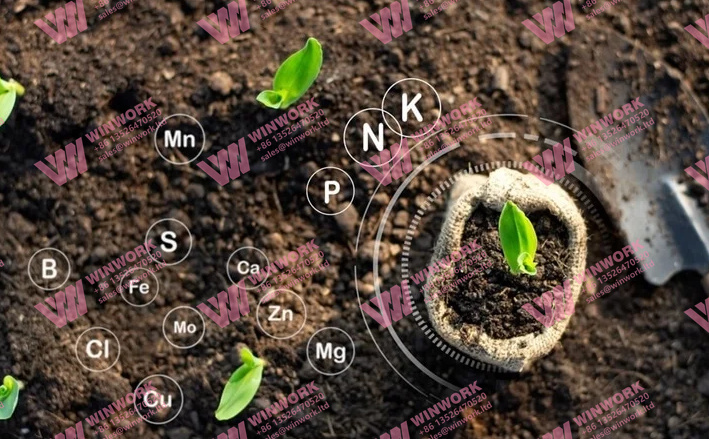
Unlike synthetic fertilizers, which can leach nutrients into the soil rapidly, organic fish liquid fertilizer releases nutrients gradually, providing consistent nourishment to plants. This slow-release mechanism ensures that crops receive the nutrients they need at every growth stage, reducing waste and enhancing nutrient use efficiency.
How Organic Fish Liquid Fertilizer is Made

The production of organic fish liquid fertilizer involves several key steps, from collecting fish byproducts to bottling the finished product. Below is an overview of the typical production process:
Raw Material Collection: Fish waste from processing plants or seafood markets is collected and inspected for quality. Only non-toxic byproducts are used to ensure the final fertilizer is safe for crops.
Hydrolysis or Fermentation: The fish waste undergoes enzymatic hydrolysis or microbial fermentation to break down proteins, oils, and other organic compounds. This process releases valuable nutrients while eliminating odors and pathogens.
Filtration and Clarification: After hydrolysis, the liquid fertilizer is filtered to remove solids and impurities, creating a clear, concentrated nutrient solution.
Formulation and Stabilization: Additional organic ingredients, such as seaweed extracts or humic acids, may be added to enhance the fertilizer’s nutrient profile. Stabilizing agents are also introduced to extend shelf life and prevent spoilage.
Packaging: The final product is bottled or stored in bulk containers for distribution. Proper packaging ensures the fertilizer retains its quality and is easy to apply on farms and gardens.
How to Apply Organic Fish Liquid Fertilizer
Organic fish liquid fertilizer can be applied through several methods, offering flexibility for different crop types and farming systems. Here are the most common application techniques:
Foliar Spray: Spraying the fertilizer directly onto plant leaves allows for rapid nutrient absorption, particularly during critical growth stages such as flowering or fruiting. Foliar application is ideal for vegetable crops, fruit trees, and flowers.
Soil Drenching: Farmers can apply the fertilizer as a drench, soaking the soil around the base of plants. This method ensures nutrients are delivered directly to the root zone, supporting strong root development and nutrient uptake.
Fertigation: For large-scale farms, fertigation systems deliver the fertilizer through irrigation systems, providing consistent nourishment while minimizing labor costs. Organic fish liquid fertilizer works well with drip and sprinkler irrigation systems, ensuring even distribution across the field.
Seed Treatment: Some farmers use diluted fish fertilizer to coat seeds before planting, promoting faster germination and stronger early root development.
Applications of Organic Fish Liquid Fertilizer in Different Crops
Organic fish liquid fertilizer is highly versatile and can be used across a variety of crops. Here are some examples of its applications:
Vegetable Crops: Vegetables like tomatoes, lettuce, and peppers benefit from the fertilizer’s nitrogen-rich composition, which promotes lush foliage and healthy yields.
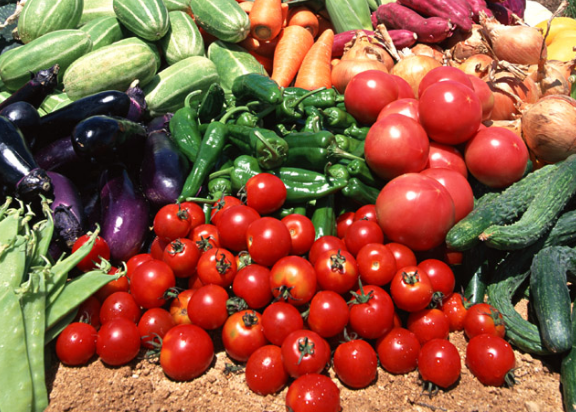
Fruit Orchards: Apple, citrus, and avocado trees respond well to the slow-release nutrients in fish fertilizer, improving fruit quality and reducing premature drop.
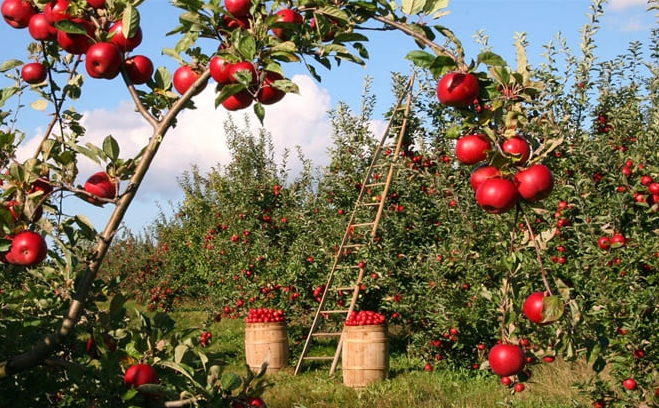
Cereal Grains and Rice: Organic fish fertilizer boosts early-stage growth in cereal crops, ensuring uniform germination and better stress tolerance.
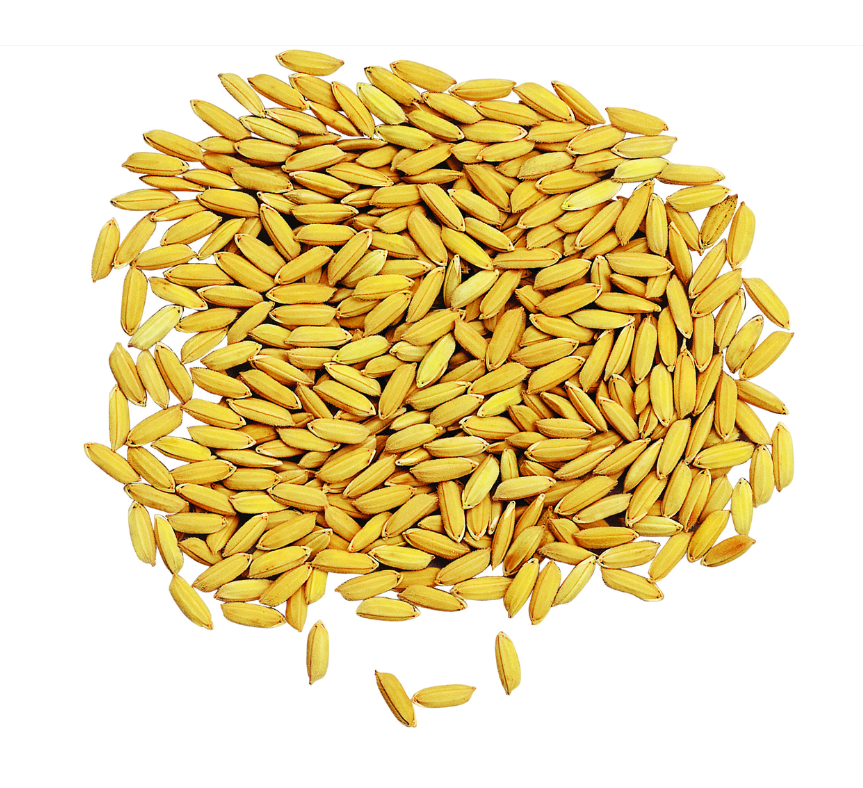
Flowers and Ornamental Plants: Florists and landscape gardeners use fish fertilizer to enhance flower size, color vibrancy, and bloom longevity.
Challenges and Solutions in Using Organic Fish Liquid Fertilizer
While organic fish liquid fertilizer offers many advantages, there are a few challenges to consider:
Odor Management: Although fermentation reduces the odor, some products may still carry a mild fishy smell. To address this, farmers can apply the fertilizer during cooler parts of the day or combine it with other organic additives that mask the odor.
Storage and Handling: Organic fertilizers are prone to spoilage if not stored properly. Using airtight containers and keeping the fertilizer in a cool, dry place ensures its longevity.
Nutrient Consistency: The nutrient content of fish fertilizer can vary based on the raw materials used. Manufacturers address this by standardizing production methods and conducting nutrient analysis for quality assurance.
The Role of Organic Fish Liquid Fertilizer in Sustainable Agriculture
Organic fish liquid fertilizer plays a crucial role in promoting sustainable agricultural practices by:
- Reducing Waste: Recycling fish byproducts into fertilizer supports a circular economy, reducing waste and environmental pollution.
- Enhancing Soil Health: By improving soil structure and fostering microbial activity, fish fertilizer contributes to long-term soil fertility.
- Lowering Environmental Impact: With minimal chemical inputs and reduced runoff, organic fish fertilizer aligns with eco-friendly farming principles.
As more farmers embrace sustainable practices, organic fish liquid fertilizer will continue to play a vital role in transforming agriculture and supporting food security.
Conclusion
Organic Fish Liquid Fertilizer is more than just a natural source of nutrients—it’s a sustainable solution that nurtures crops while improving soil health. By recycling fish waste into valuable agricultural inputs, farmers can reduce their reliance on synthetic fertilizers and contribute to environmentally friendly farming.
Whether applied as a foliar spray, soil drench, or through fertigation, organic fish fertilizer provides consistent nourishment for crops, enhancing yields and quality. As agriculture continues to shift toward sustainable practices, the power of organic fish liquid fertilizer will be essential in feeding crops naturally and building a greener future.


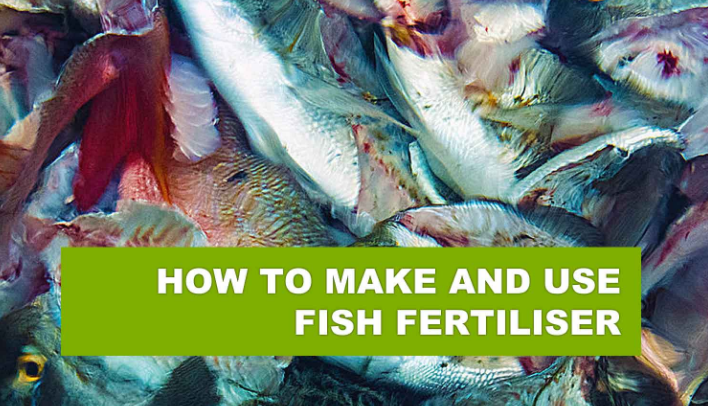
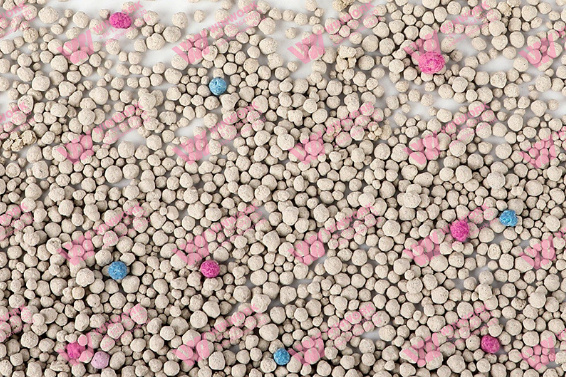
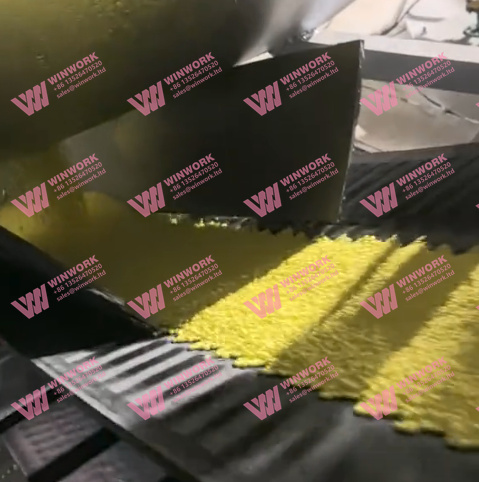
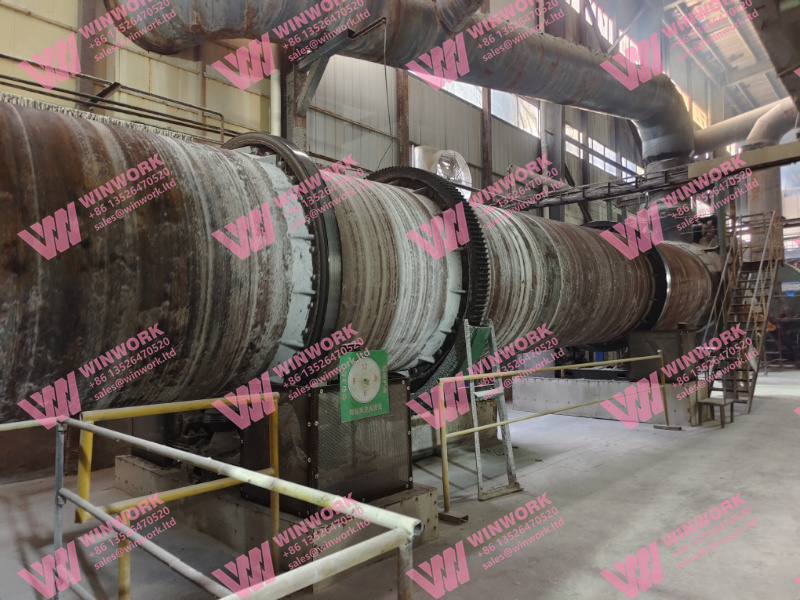
Get A Quote